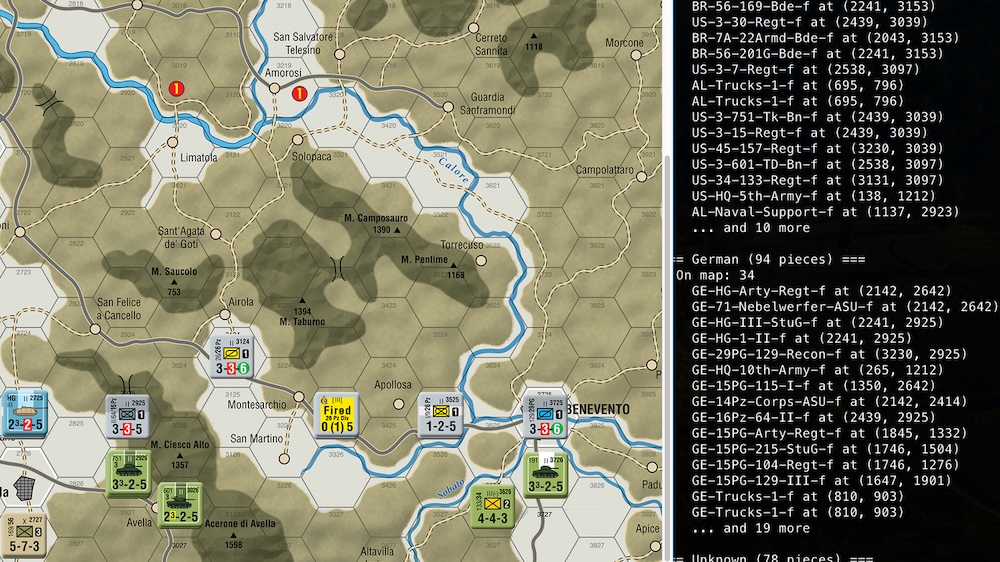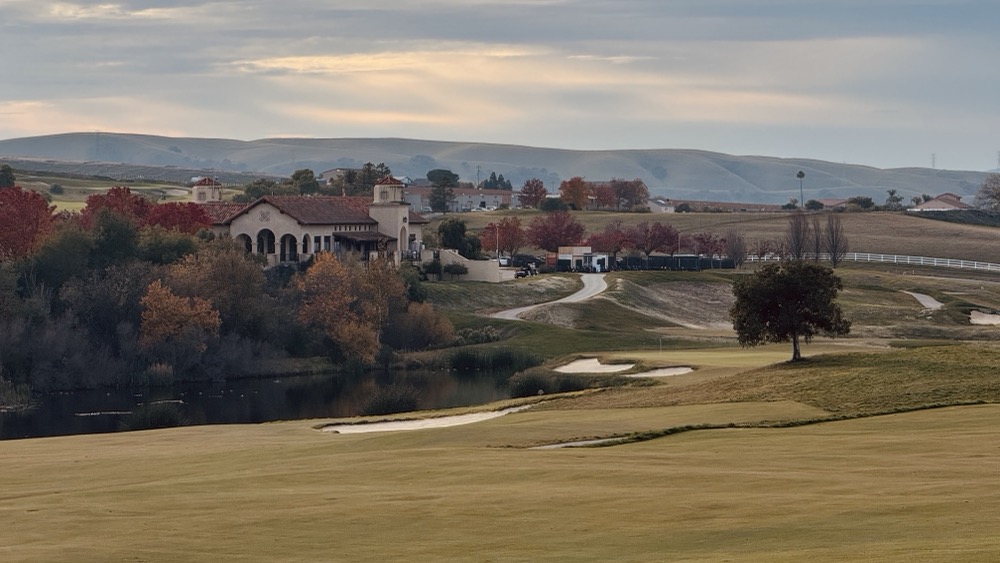Mesopotamia
Greetings from the Oregon coast, again. I'm back here for New Years weekend so expect to see some more posts with gaming goodness.
Last night I had the opportunity to try out Mesopotamia at Mike's annual between Christmas and New Years game day. I arrived about 3pm and joined Carey and George in this new Mayfair / Phalanx release while others played Medici. Sorry, no pics for this session.
Mesopotamia is at its heart an exploration and pick up and deliver game. The initial setup has a temple in the center of a set of six interlocking tiles that form a ring around the temple. The players start with villagers and a hut on a tile adjacent to the center. Tiles are forests, quarries (or some other stone producing land), volcanoes, and plains. The objective of the game is deliver four offerings to the temple, with each offering requiring a different "mana" level for the offering (2, 4, 6, and 7). Players start with a mana cap of 3 so must increase that cap through the game by helping to build the center temple with stones, presumably increasing their favor with the gods.
On your turn you get to move villagers a total of five spaces, divided up as you choose amongst your villagers. This is how you explore new tiles (by moving off the map), pick up wood, stone, or offerings, and deliver offerings or stone to the temple at the center. You are not allowed to carry resources through the temple, which causes some interesting movement restrictions to the game effectively dividing the board space in half. This is because the initial setup involves impassable volcanoes on opposite sides of the temple (I didn't know there was such an abundance of volcanoes in Mesopotamia, but whatever).
After movement is complete you can choose from any of four actions:
- Build a new hut on a plains tile with 0 or 1 huts on it. When you build a hut, you secretly choose one of your offering counters and place it under the hut. This is what you'll need to pick up and deliver to the center temple.
- Build a holy place - if you have two villagers on an empty plains space and one of them is carrying stone, you can build a holy place there. Holy places are one of the ways you produce mana.
- Reproduce new villagers - if you have two villagers at a hut (presumably for the privacy), you can spawn a new villager at that hex. You can do this as many times as you want as long as you have enough villagers to reproduce. You can only do this if huts on the space have no offering counters under them.
- Draw a card. There are a number of cards that grant special actions or opportunities to screw the other players (such as relocating a hut). You can only draw one card per turn, and then only if you do no other actions.
We played the first half of the game completely wrong - we didn't realize you had to choose from one of these four actions, so we started off by doing a number on the same turn. This sped up the game considerably and made game decisions very straightforward. Once we realized the error, things slowed down quite a bit and decisions became quite difficult.
I managed to draw a few cards that helped me slow down George considerably, and he was my closest competitor. I managed to finish my offerings first, about 1-2 turns ahead of George, giving me the win in this initial game that we played incorrectly. Still, this is a decent game and I hope to try it again soon. It feels similar to Lost Valley, but this game is quite a bit lighter and easier to explain. It is MUCH more abstract though - the theme didn't really do much for me. The components are first rate and the rules are quite well written despite our problems - that was operator error and not a reflection on Phalanx or Mayfair.
If you are a fan of light, fairly abstract euros and like exploration mechanics then you should try this game. It plays in about an hour and had some nice mechanics and I had fun. I'm a bit worried that the cards are too strong (and unbalanced) and that victory might just come down to who draws the better cards, but I very well could be wrong.








